COINS
Understanding the Coin Silver Cuff
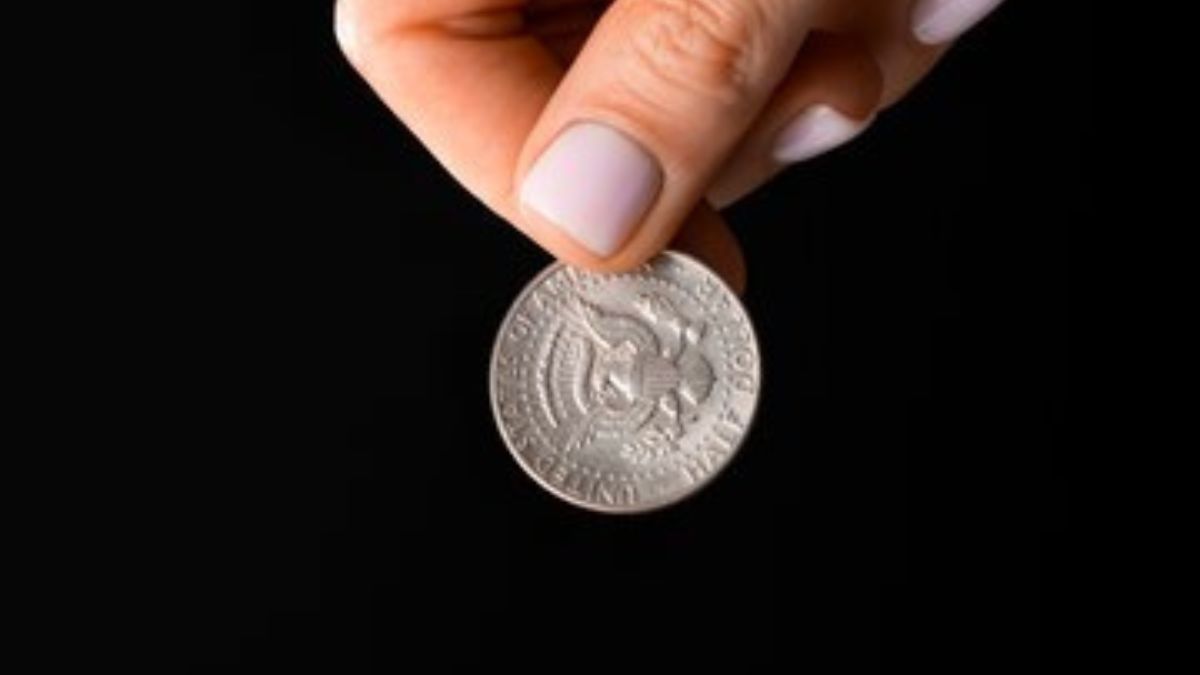
Coin silver cuffs represent a piece of history and artistry that is both functional and stylish. These cuffs, often handcrafted, have long been admired for their unique composition, cultural significance, and timeless appeal. If you’re interested in learning more about what makes a coin silver cuff so special, this article will break down its origin, composition, uses, and how it has evolved as a fashion statement over time.
What Is Coin Silver?
Coin silver refers to a specific grade of silver that originated in the United States during the 19th century. Unlike sterling silver, which contains 92.5% pure silver, coin silver consists of 90% silver, with the remaining 10% being other metals such as copper. The name “coin silver” stems from the practice of melting down silver coins to create jewelry or household items, as coins were one of the most readily available sources of silver during that period.
Key Characteristics of Coin Silver
- Purity Level: Coin silver has a silver content of 90%. This is lower than sterling silver but still valuable for crafting.
- Durability: The addition of other metals, such as copper, makes coin silver more durable while maintaining its luster.
- Hallmarks: Coin silver items often feature “90%,” “.900,” or “COIN” stamped on them to signify their purity.
What Are Coin Silver Cuffs?
A coin silver cuff is a type of bracelet made entirely from coin silver. This particular piece of jewelry is popular for its minimalist design, versatility, and historical charm. It is usually crafted as a single solid band that wraps around the wrist and can be adjusted to fit snugly. Coin silver cuffs often showcase intricate engravings, designs, or symbolism that highlight their artisan roots.
Why Choose a Coin Silver Cuff?
- Durability: Thanks to its blend of silver and copper, coin silver is resistant to bending or tarnishing, making it ideal for daily wear.
- Aesthetic Appeal: Coin silver cuffs often age beautifully, developing a natural patina that enhances their character over time.
- Cultural Significance: Many coin silver cuffs are handmade by skilled artisans, reflecting rich traditions and craftsmanship.
- Versatility: These cuffs pair well with various styles, from casual outfits to formal attire.
A Brief History of Coin Silver Cuffs
Coin silver became prominent in the early 19th century when the demand for accessible, affordable silverware grew. Because of limited access to sterling silver, American silversmiths began repurposing old coins to create utensils, cups, and eventually, jewelry pieces like cuffs. By the mid-19th century, coin silver cuffs gained popularity among collectors and wearers due to their handmade quality and historical significance.
Later, Native American artisans also adopted coin silver for crafting their jewelry, bringing a unique cultural and artistic dimension to its use. Cuffs often featured traditional Native American designs, such as Navajo patterns or symbols reflective of their heritage.
How To Identify a Genuine Coin Silver Cuff
When looking to purchase or evaluate a coin silver cuff, there are a few key indicators that can help you verify its authenticity:
- Purity Stamp:
Look for “90%,” “.900,” or “COIN” stamped on the cuff. This hallmark signifies its silver content.
- Visual Inspection:
Genuine coin silver often exhibits a slightly warm tone compared to sterling silver due to its lower silver content.
- Weight and Feel:
Coin silver cuffs feel substantial when held. Their blend of metals gives them a heavier and durable quality compared to cheap imitations.
- Artisan Mark:
Handcrafted cuffs may have the maker’s mark or signature etched into the design.
- Patina:
Over time, authentic coin silver develops a patina that cannot easily be replicated by artificial means.
How to Care for Your Coin Silver Cuff
While coin silver is durable, proper care and maintenance can ensure your cuff retains its beauty for years:
- Cleaning:
Use a soft cloth and a non-abrasive silver cleaner to remove dirt or smudges. Avoid harsh chemicals that could damage its surface.
- Storage:
Store your cuff in a soft, lined jewelry box or a cloth bag to prevent scratching. Avoid storing it with other jewelry that could cause dents or wear.
- Wearing Tips:
Remove your cuff when doing chores, swimming, or handling chemicals to minimize exposure to damaging substances.
- Polishing:
While some wearers prefer the natural patina of coin silver, you can choose to polish it occasionally for a brighter shine.
Coin Silver Cuffs in Modern Fashion
Today, coin silver cuffs are as much a fashion statement as they are a nod to history. Many modern designers are incorporating this vintage material into contemporary designs, blending traditional craftsmanship with sleek and trendy aesthetics.
These cuffs are often worn stacked with other bracelets for a chic, boho look or left as a standalone piece to highlight their delicate artistry. Whether you’re aiming for minimalistic style or adding a touch of elegance to your outfit, a coin silver cuff is a timeless accessory that never goes out of style.
Final Thoughts
The coin silver cuff is more than just a piece of jewelry—it’s a work of art steeped in tradition and history. With its unique composition, durable quality, and versatile design, this accessory has maintained its relevance over the centuries. If you’re interested in owning a piece of timeless craftsmanship, consider adding a coin silver cuff to your collection.
By ensuring you purchase from a reputable seller and taking proper care of your cuff, you’ll enjoy a durable and beautiful accessory that tells a story every time you wear it.
COINS
Top 110 Most Valuable Nickels Worth Money
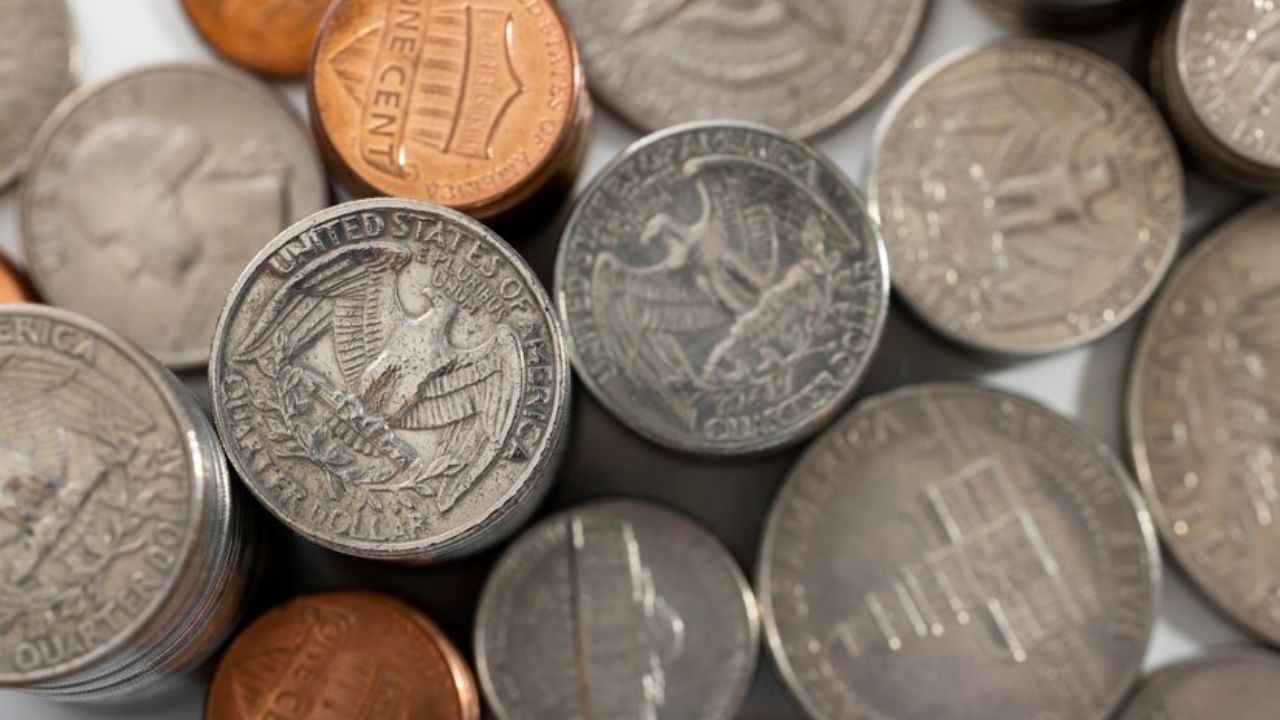
The US Mint produced numerous nickels, often dedicated to famous and esteemed figures in American history. The first pieces were minted in 1866, most were initially made out of copper and nickel, but their composition changed over time. Their value varies and typically depends on the coin mint mark, date, and condition.
Think nickels are just spare change? Think again! Those little five-cent coins rattling around in your pocket or car cup holder could be worth way more than their face value. Yep, that’s right—the right nickel could fetch you hundreds, even thousands, of dollars! Sounds far-fetched? It’s not. Coin collectors (known as numismatists) are always on the lookout for rare and valuable nickels, and it’s possible you’ve got one hiding right under your nose.
If you’re curious about what makes a nickel valuable—or simply wondering how to spot one—this guide will take you through everything you need to know. Get ready to dig through your piggy bank, because treasure might be waiting.
What Makes a Nickel Valuable?
Not all nickels are created equal, and several factors can make one worth far more than just five cents. Here’s what collectors look out for:
- Rare minting errors: Coins with misprints or mistakes during manufacturing often turn into collector’s gold. Think doubled images, missing letters, or unique designs.
- Low mintage years: When fewer coins are produced in a specific year or location, they become harder to find—and more desirable.
- Unique designs: Certain designs, like limited edition runs, or ones that mark special events, can increase the coin’s value.
- Condition (Grade): Coins in pristine or “uncirculated” condition are always worth more than heavily used ones.
- Historical significance: The older the coin, particularly ones tied to historic events or periods, the higher its potential value.
Now that you know what to look for, let’s uncover some of the most coveted nickels in circulation—plus some you can keep an eye out for right now!
Valuable Nickels to Keep on Your Radar
1. 1913 Liberty Head Nickel
The granddaddy of valuable nickels, the 1913 Liberty Head Nickel is one of the rarest coins in U.S. history. Only five specimens of this coin are known to exist, and they’re valued in the millions. One such coin sold for a jaw-dropping $4.5 million at auction. Incredible, right?
Why so valuable? The 1913 Liberty Head Nickel wasn’t an official minting. It was made without authorization, resulting in its mysterious and sought-after status. Unless you’ve just inherited a coin collection with a golden ticket, you’re unlikely to find one in your loose change. Still, it’s fun to fantasize, isn’t it?
2. 1942-1945 Silver War Nickels
During World War II, nickel was needed for the war effort, so the U.S. Mint temporarily switched the composition of nickels to include 35% silver. These “Silver War Nickels” are highly collectible today due to their metal content and historical significance.
How to spot one? Look for nickels dated between 1942 and 1945, and check for a mintmark (“P,” “D,” or “S”) above Monticello on the reverse side. These coins typically fetch $1.25 to $5, but in pristine condition, a single War Nickel could bring in $50+.
3. 1937-D Three-Legged Buffalo Nickel
This one’s a legend among collectors. The 1937-D Buffalo Nickel got its nickname from a minting error where the buffalo on the reverse side has only three legs (an over-polished die removed one leg).
This quirky error turns a common coin into a coveted prize. Depending on its condition, a Three-Legged Buffalo Nickel can sell anywhere from $500 to $10,000!
4. 1916 Doubled Die Buffalo Nickel
Errors can transform ordinary coins into collector’s gems, and the 1916 Doubled Die Buffalo Nickel is a perfect example. On these coins, the words “FIVE CENTS” at the bottom of the reverse side appear doubled, creating a bold and rare collectible.
This little error makes the coin worth upwards of $3,000, and in the best condition, it could even fetch $20,000!
5. 1951-S Jefferson Nickel
Produced in relatively low numbers, the 1951-S Jefferson Nickel is a must-have for those building a collection of Jefferson nickels. While not outrageously expensive, this coin’s subtle rarity makes it worth around $10 to $20 in decent condition. Uncirculated ones, though, can sell for $75+.
How to Check if Your Nickels are Worth Money
Now you’re probably eyeing your change jar with newfound excitement, but how do you know if any of those nickels might be valuable? Follow these simple steps:
Step 1: Inspect the Date
Check the year on your nickels. Look out for the key years we mentioned—those from rare production runs, times of mint errors, or significant historical events.
Step 2: Examine the Mintmark
Mintmarks tell you where the coin was minted (e.g., “P” for Philadelphia). Some mintmarks are harder to come by, like “S” (San Francisco), which can increase a coin’s rarity and value.
Step 3: Look for Errors
Flip the coin around! Is there something unusual about the lettering, design, or edges? Errors are very valuable because they’re so rare.
Step 4: Assess Condition
The better the coin’s condition, the higher its value. A graded scale ranges from “Poor” to “Mint State.” Coins that seem shiny and unblemished are definitely worth a closer look.
Step 5: Get an Expert Appraisal
If you think you’ve struck gold, have your coin graded by a professional. Numismatic organizations like PCGS or NGC can certify your coin’s quality and value.
Where to Sell Your Valuable Nickels
Found something special? Here’s where to cash in:
- Coin Dealers: Local or online coin dealers are trusted sources for buying and appraising rare nickels.
- Online Marketplaces: Platforms like eBay and Etsy are popular for selling collectible coins to a global audience.
- Coin Shows: Meet collectors face-to-face and negotiate the best price in a buzzing coin show environment.
- Auction Houses: For truly rare finds, auction houses are the way to go. They attract elite collectors willing to spend big.
Why Hunting for Valuable Nickels is Fun!
Searching for valuable nickels isn’t just about making a profit—it’s about the thrill of discovery and connecting with history. Each coin tells a story, from the World War II-era Silver Nickels to the quirky Three-Legged Buffalo Nickel. It’s a fascinating hobby that can turn an ordinary day into a treasure hunt.
Still want more guidance? Check out online resources like coin blogs, video channels, or forums where enthusiasts share their finds.
Start Digging for Treasures Today!
Now you’re equipped with the knowledge to spot valuable nickels hiding in plain sight. Whether it’s a mistyped date, a unique mintmark, or a coin with a history you can feel in your hand, these little treasures are worth keeping an eye out for.
Next time you grab some change, give it a closer look—you never know what you might find! Who knows? Your next nickel could be worth a fortune.
COINS
Top 15 Most Valuable Roosevelt Dimes Worth Money
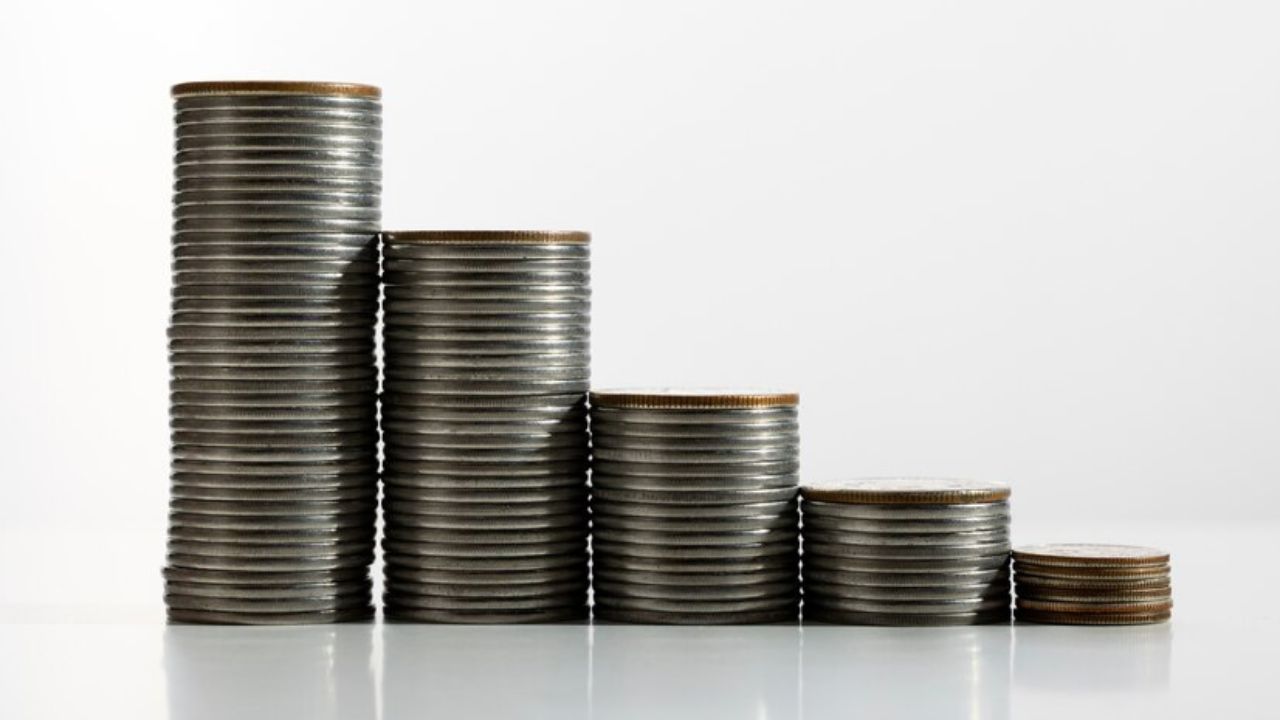
The Roosevelt dime is so named because it bears the image of President Franklin D. Roosevelt on one side. And as the coin has been produced since 1946, there are plenty of them around!
But not all Roosevelt dimes are the same. And some of them can be worth a lot more than their face value.
So which ones are worth looking out for? And just what is it that makes them so interesting to coin collectors?
That’s what we’re going to find out! Read on, as we look at the 15 most valuable Roosevelt dimes in existence …
Most Valuable Roosevelt Dimes
1. 1975 Roosevelt Dime No S Proof PGCS PR68 $516,000

The most valuable Roosevelt dime ever to be sold was minted in 1975. It lacks the “S” mintmark, identifying it as being minted in San Francisco. And it’s one of only two such coins known to exist.
It was first identified by a collector who bought five sets of proof coins in 1975. She noticed that in two of the sets, the dime didn’t have the “S” mark.
Intrigued, she sent one of the coins to the magazine Coin World for them to review. And she later sent both to the ANACS, an organisation that authenticated coins. When ANACS certified one of them in 1978, collectors began to hunt for more examples.
With almost 3 million proof sets produced in 1975, it seemed only a matter of time before more no-S dimes were found. But amazingly, that isn’t what happened. Those two original coins remain the only ones ever discovered.
With collectors’ interest piqued, the original purchaser sold both proof sets onto a renowned dealer, Fred Vollmer. Vollmer quickly found a buyer willing to pay $38,550 for the set containing this coin.
The no-S dime from the set later went to the PCGS – the Professional Coin Grading Service. They graded it PR68, meaning it had only a few, barely visible imperfections.
In 2011, it was sold again, fetching the princely sum of $349,600. And eight years later, it was offered for sale once more.When the hammer fell, the price – including a 20 per cent buyers’ premium – was $456,000.
That might sound like a lot. But the canny buyers, Mitch and Justin Spivack, clearly thought there was still a profit to be made. Just a few months later, they successfully resold the coin through an agent for an eyewatering $516,000.
2. 1975 Roosevelt Dime No S Proof PGCS PR66 $18,200

Remember that original collector who spotted the missing “S” on her proof dime? Then you’ll remember that the S was missing from the dimes in two of her sets of coins.
That second original proof set was sold by Fred Vollmer too. It didn’t fetch as much as the first – $18,200. But the Ohio collector who bought it later said that Vollmer had told him he’d received another offer just minutes after agreeing the sale.
Perhaps realising that he’s got something very special, that mystery collector has held onto his set ever since. During that time, the no-S dime has also been graded by the PCGS, and ranked PR66.
So the condition isn’t quite as good as the dime bought by the Spivacks – but it’s not far off. And if it were sold at auction today, we’re certain it would make well into six figures.
3. 1968 Roosevelt Dime No S Proof PCGS PR68 $31,300

It wasn’t only in 1975 that things went wrong with the mintmark on some Roosevelt dimes. It first happened in 1968. And again, it was coins minted in San Francisco that were missing their Ss.
Today, there are estimated to be only around 12 such coins from 1968 in existence. And examples in the best condition are even more scarce.
That means there’s strong demand from collectors. So when a coin grade PR68 by the PCGS came up for auction in May 2015, competition was fierce.
13 different bidders slugged it out before the winner triumphed with a bid of $29,375. Including the buyer’s premium, they paid $31,300 to add it to their collection.
4. 1983 Roosevelt Dime No S Proof PCGS PR70 Deep Cameo $20,490

In 1983, the missing mintmark struck again. And it was once again the San Francisco mint that was affected.
The quality of this example is what saw it achieve its high price at auction. It was a proof, made for collectors rather than for circulation. And it was in the best possible condition, graded PR70 Deep Cameo by the PCGS.
Deep Cameo coins have a particularly intense frosted finish on the raised parts. That contrasts with a highly polished ground. Deep cameos are only seen in the first few coins in a production run.
This example was sold in February 2016. 11 bidders battled it out, but only two remained in the competition beyond $10,000. The determined pair eventually took the price to $20,490.
5. 1999-D Roosevelt Dime MS65 Broad Struck on a Cent Planchet $14,375

Immediately you look at this coin, you can see there’s something wrong. It’s brown instead of silver. And four arcs of metal are missing from the outside edges.
If this were the result of wear and tear, the coin would be virtually worthless – but it isn’t. Instead, it’s what happened when a planchet – the metal disc used for a coin – was too big for the design.
Usually, a collar would prevent this from happening. The planchet simply couldn’t fit inside, so couldn’t be struck. But this coin was struck “out of collar”.
Mint errors of this kind rare and very collectible. This coin came to the market in 2009 and fetched $14,375.
6. 1949 Roosevelt Dime PCGS MS68FB $13,200

This Roosevelt dime fetched a high price because of its formidable condition. It was graded MS68 by the PCGS, making it the finest example from 1949 ever seen by the independent organization.
The “FB” in the certification refers to the two bands on the torch depicted on the reverse of the coin. “FB” stands for “full band” and indicates that all the detail is present on both bands. This level of detail is quite rare.
The obverse – the side with Roosevelt’s portrait – featured iridescence. And the reverse had a slight olive patina.
As a coin in a class of its own, it got bidders very excited. When the hammer fell at the August 2018 auction, the price was $13,200.
7. 1956 Roosevelt Dime PGCS MS68FB $9,980

This Roosevelt dime from 1956 is another that achieved a high auction price on the basis of its condition.
It was rated mint state 68 by the PCGS, making it the best example from that year they’d ever seen. And it too achieved the “FB” designation, meaning all the detail on the torch bands was present.
The obverse of the coin had iridescent bands of violet, blue, green and gold. And the reverse was in brilliant condition, with just some blue toning at the edges.
Again, the lure of owning a best-in-class coin meant that collectors were prepared to spend big bucks. The auction took place in December 2013, and the coin achieved a price of just under $10,000.
8. 1955 Roosevelt Dime PCGS MS68 $9,300

At first glance, this 1955 coin looks very similar to its 1968 cousin. It has the same mint state 68 designation from the PCGS. And it even has similar iridescence on the obverse, with copper, magenta and blue tones above Roosevelt’s portrait and extending down his face.
This example, though, didn’t have quite as much detail. The two bands of the torch shown on the reverse side weren’t absolutely complete.
Nevertheless, it was the best graded example of a 1955 Roosevelt dime. And that meant it netted a cool $9,300 when it came up for auction in September 2020.
9. Bonded Group of 1998 Roosevelt Dimes $9,200

This group of about 32 1998 Roosevelt dimes were bonded together as a result of a problem at the mint. The blanks were fed into the machine but not ejected. As a result, they were molded together into a single stack.
It’s extremely rare for something like this to happen. And on the few occasions when it does, the stacks are usually much smaller. All that meant this example was very exciting to coin collectors.
It came up for auction in August 2011, and sold for $9,200.
10. 1950 Roosevelt Dime PCGS MS68FB $8,813

This 1950 dime wasn’t quite one of a kind. But it was one of three minted that year graded MS68 by the PCGS. And all three had the “FB” designation.
If you wanted to get your hands on a 1950 Roosevelt dime, then, this was top notch. Both sides of the coin were cleanly struck. The obverse had cinnamon-colored sprinkles towards the edge, while the reverse had a broad swathe of orange red.
It was sold at a specialist auction in April 2014. The winning bidder paid $8,813 – including a 17.5 per cent buyer’s premium – to secure it.
11. 1965 Silver Roosevelt Dime $8,625

From 1965 onwards, Roosevelt dimes stopped being made of silver and were made of clad metal instead. But this is a rare exception – a 1965 coin made of silver.
The 1964 silver dimes and 1965 clad versions were struck at the same time. And at this mint, it seems a silver planchet was mistakenly used for a 1965 dime. (There were no mintmarks for the 1965 coins, so there’s no way of knowing which location was responsible.)
This error resulted in a very unusual coin. When it came to auction in January 2006, it sold for $8,625.
12. 1947-S Roosevelt Dime MS68FB $6,170

This Roosevelt dime is the best 1947 example ever found by the PCGS. They rated it mint state 68. And it’s certified “FB”, so both bands on the torch on the reverse are perfectly detailed.
Best-in-class coins are highly sought after by collectors, who often seek examples of their favored coin from each year. For them, owning the best possible specimen is the ultimate aim.
That’s why, when this coin came up for sale in August 2012, it attracted lots of interest. The winning bid, including buyer’s premium, was $6,170.
13. 1970 Roosevelt Dime No S Proof PR69 $1,610

Another mint error in 1970 resulted in a coin that was a little out of the ordinary. 1970 saw the production of another proof coin lacking its mint mark. And once more it was the San Francisco mint that lost its “S”.
Although the error here is the same as for the 1968 coins, there are considerably more examples of no-S proofs dating from 1970.
Over 2,000 were minted. And because these were proofs – better quality coins targeted at collectors – many of them have been well cared for. As a result, they don’t carry the same premium for scarcity.
The best quality PR69 examples routinely fetch between $800 and $1,000. And the auction record was set in 2003, when a PR69 proof fetched $1,610.
14. 1982-D Roosevelt Dime Mint Standard MS67FB $1,410

In 1982 and 1983, no mint set Roosevelt dimes were produced. There aren’t so many collectors of clad coins like this one. But for those that exist, this means there are no sets around to fill gaps in the years. And that means that when a good quality coin appears, it can attract a lot of interest.
So it was with this mint standard Roosevelt dime, minted in Denver in 1982. It was in excellent condition, rated MS67 by the PCGS. That made it the best example known to any of the major independent coin grading services. And the designation “FB” meant it had full bands.
It came up for auction in 2014 and made $1,410 – a record for a coin from this year.
15. 1982 Roosevelt Dime No P Mint Standard MS65 $265

This dime isn’t in the same league of collectability as others on our list. But it’s still worth considerably more than its face value.
Like the no-S 1975 dimes, it’s missing its mintmark. In this case, the “P” indicating it was minted in Philadelphia, is missing.
This example came up for sale recently. It was graded MS65, meaning it was in mint state with a good, firm strike and high-quality luster. There were just a few small, scattered contact marks on the surface.
It fetched a not-to-be-sneezed-at $265.
Not Your Average Dime
We hope you’ve enjoyed our look at 25 of the most valuable Roosevelt dimes ever minted. Excellent condition or rare mint errors are usually the reasons some coins are so valuable.
So if you have some old dimes in the back of a drawer, now might be the time to check them! If you’re lucky enough to have an unusual specimen, you could be in the money.
COINS
1973 Quarter No Mint Mark – Hunting Hidden Treasures
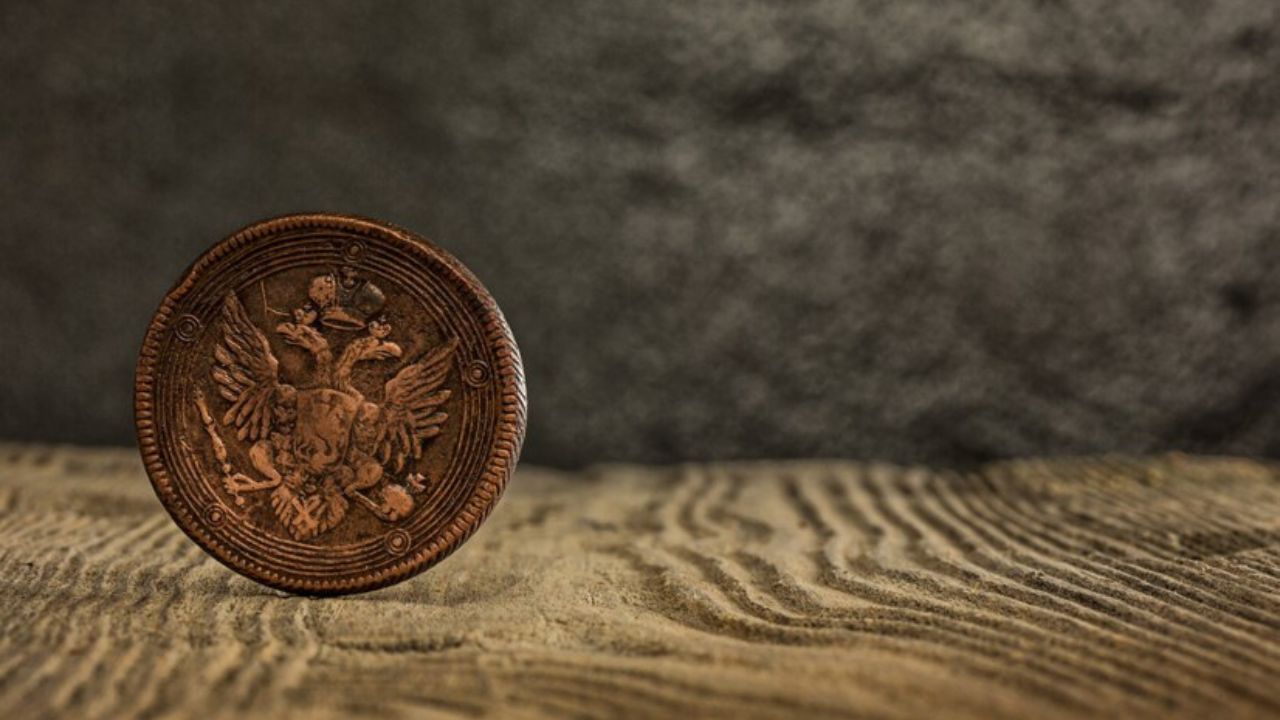
1973 Quarter No Mint Mark are everywhere. We toss them in vending machines, feed them to parking meters, and juggle them in our pockets without a second thought. But what if I told you that a common-looking 1973 quarter with no mint mark could be worth more than 25 cents? Yes, that’s right! Hidden in plain sight, these little treasures can bring not just monetary value but also a splash of excitement to your everyday change.
Whether you’re a seasoned coin collector or someone who just loves a good treasure hunt, this blog will help you uncover the secrets of the 1973 quarter with no mint mark. We’ll dig into its fascinating history, explain why it’s special, and help you learn how to identify one. Who knows? Your next handful of spare change might just hold a shiny piece of history!
What Makes a “No Mint Mark” Coin Special?
If you’re new to coin collecting or numismatics (fancy talk for the study of coins), you might be wondering what’s the big deal about a “no mint mark” coin. Typically, U.S. coins are stamped with a mint mark—a small letter indicating where they were produced:
- P for Philadelphia
- D for Denver
- S for San Francisco
But here’s the twist. Coins minted in Philadelphia traditionally lacked a mint mark until 1980. This was just “business as usual” back in 1973. What sets the 1973 quarter with no mint mark apart isn’t its lack of the little letter—it’s the story and rarity behind its pristine versions and specific conditions.
For collectors, though, the value lies in the condition of the coin and any unique traits it might have, like rare features or minting errors. That’s where things get really juicy.
The Journey of the 1973 Quarter
The 1973 quarter was part of the Washington quarter series, which has been in circulation since 1932. These coins feature the profile of George Washington on the obverse (heads) side and the majestic eagle on the reverse (tails) side. Standard quarters from 1973 were struck using a copper-nickel composition, making them durable for everyday use.
What makes the 1973 no mint mark quarter fascinating is not just its design but how examples in excellent condition or with errors have captured the attention of collectors.
Why 1973 Matters
In the early ’70s, everyday items like coins didn’t really get much attention. People used them, traded them, and only rarely thought about their uniqueness. However, collectors began to notice that certain quarters from this time stood out—not because of a mint mark absence but due to how they were struck or preserved. Over time, these details drove demand.
Condition is Everything
Coins from 1973 are now 50 years old, which means finding one in flawless or near-mint condition is no easy feat. Coins that managed to avoid scratches, wear, or discoloration are the real stars of this story. Grading systems like “MS-65” (Mint State) or above mark these coins as pristine collector’s items.
How to Spot a 1973 No Mint Mark Quarter
Now that we’ve set the stage, it’s time for the fun part—spotting one! Here’s what to look for:
1. Date
Flip over your quarter and check the date. If it says “1973” and there’s no mint mark next to it, you might be onto something. However, remember that most Philadelphia quarters lacked mint marks at the time, so the date alone isn’t the sole criteria.
2. Condition
Examine the coin closely. Is the surface shiny, scratch-free, and smooth? Coins with little to no signs of wear-and-tear are far more valuable. Grab a magnifying glass (or just zoom in with your phone camera) to hunt for tiny imperfections.
3. Special Errors
Keep an eye out for minting errors, such as:
- Double die (where the text or design appears doubled)
- Off-center strikes
- Weak or missing lettering
These quirks can boost your quarter’s value significantly!
4. Grading Certification
If you think you’ve found a winner, have it graded by a professional service like PCGS (Professional Coin Grading Service) or NGC (Numismatic Guaranty Corporation). They’ll authenticate it and assign it a grade, which can increase its market value.
What’s It Worth?
While most 1973 quarters with no mint mark are still worth face value, those in excellent condition or with rare features can fetch a pretty penny. Here’s a quick breakdown:
- Circulated Condition – Worth about 25 cents
- Uncirculated (MS-63 or higher) – $5 to $20
- Exceptional Condition (MS-65 or higher) – Can exceed $50
- Unique Mint Errors – Hundreds—or even thousands—of dollars, depending on rarity and demand!
For example, an MS-66 graded 1973 no mint mark quarter once sold for over $1,000, thanks to its impeccable condition!
Why Should You Care?
Searching for valuable coins like these offers more than just financial benefits. It’s like stepping into a time machine—each quarter tells a story. Plus, the thrill of the hunt is addictive! Imagine finding a childhood treasure tucked away in your piggy bank or enjoying a fun, meaningful hobby that costs next to nothing to start.
Whether you’re aiming to build a collection, gift a piece of history, or just learn something new, hunting for coins like the 1973 quarter is a rewarding way to connect with the past and build excitement for the future. Plus, who doesn’t love turning spare change into big bucks?
How to Start Your Coin Treasure Hunt
- Check Your Spare Change Daily – Take a closer look at what’s rolling in your wallet or cashier’s drawer.
- Visit Collectors’ Shops – Local shops often have rare coin finds and professionals ready to share their knowledge.
- Join Online Communities – Numismatic forums and social media groups are great for tips and sharing your discoveries.
- Invest in Tools – A good magnifying glass and a storage binder for your finds can go a long way!
Wrapping It Up
The 1973 quarter with no mint mark might seem like just another coin at first glance, but it’s a small slice of history that could hold surprising value. Whether you’re a seasoned collector or a curious beginner, hunting for treasures like this is as much about the joy of the search as it is about the potential payoff.
Now, it’s time to check your pockets and dig through your coin jar—who knows what treasures are waiting for you to find?
Happy treasure hunting!
-
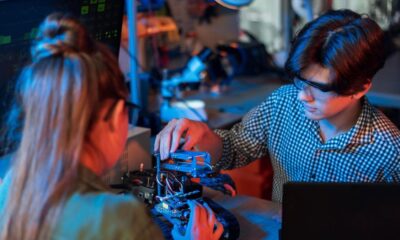
 TECHNOLOGY5 months ago
TECHNOLOGY5 months agoRevo Technologies in Murray Utah Leading the Charge in Tech Innovation
-

 NEWS5 months ago
NEWS5 months agoKuttymovies7: Everything You Need to Know
-

 CRYPTO5 months ago
CRYPTO5 months agoCrypto Goldmine Exploring FintechZoom’s Top Picks
-

 TECHNOLOGY5 months ago
TECHNOLOGY5 months agoRiding the Waves of Innovation Deep Offshore Technology’s Impact on Ocean Exploration
-

 NEWS5 months ago
NEWS5 months agoThe Secret World of CFBWH and Why It’s Taking Over
-

 EDUCATION5 months ago
EDUCATION5 months agoThe Future of Learning with Educational Assistants
-

 NEWS5 months ago
NEWS5 months agoShari Ann Chinnis Indianapolis: A Profile in Passion and Dedication
-

 CRYPTO5 months ago
CRYPTO5 months agoExploring the World of Cryptocurrency with NewZnav
